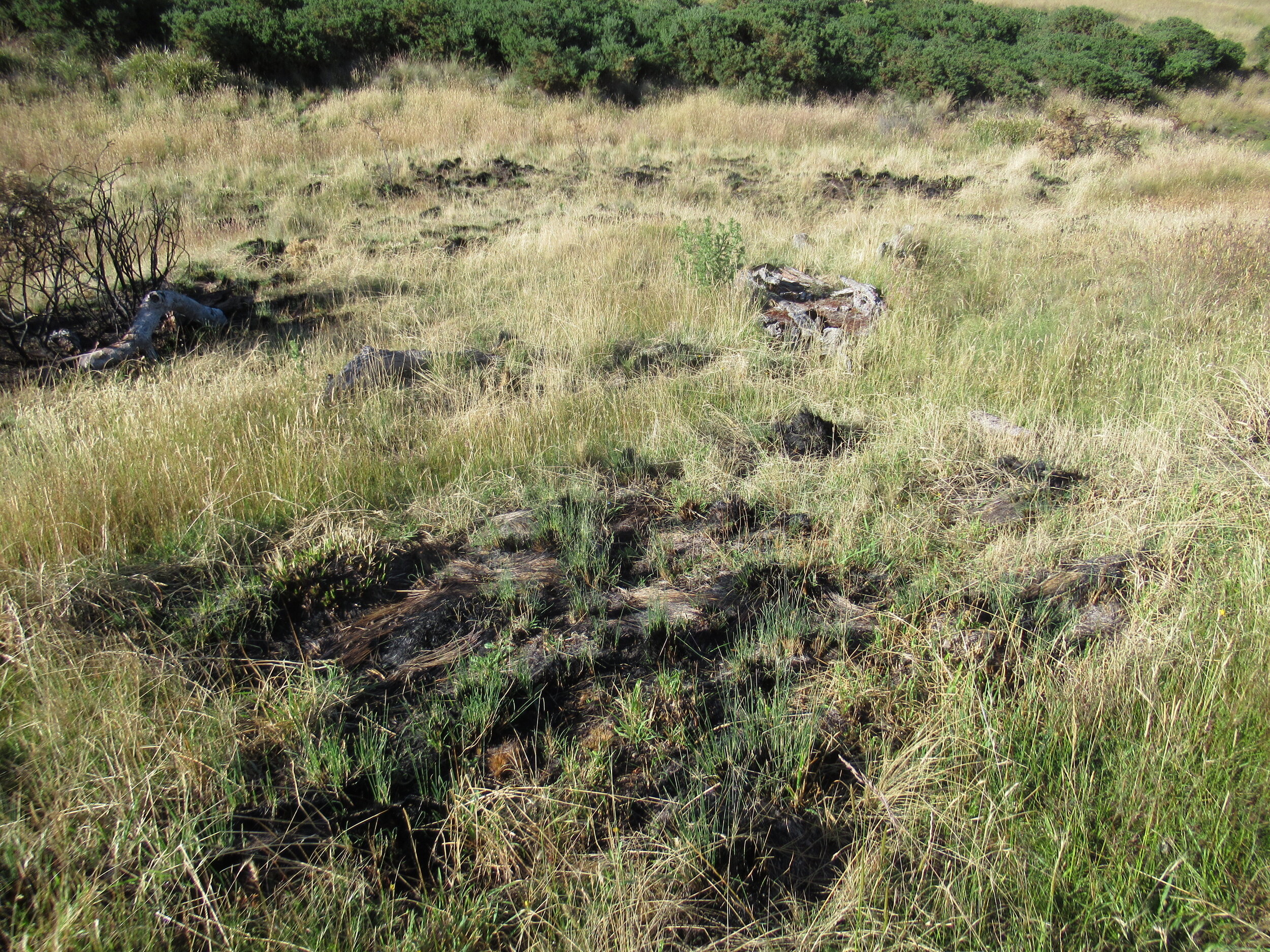Enhancing Biodiversity: Fire
A note to my Yarns from the Farm Readers—this is the final instalment of a series on biodiversity for our local newspaper. Earlier versions can be found in Yarns from the Farm on my website. The image above is from a pilot Indigenous cultural burn in my back country in December of last year. Nan
We tend to think of fire as a predominantly destructive force—mesmerising and often beautiful to watch, but ultimately a threat to our livelihoods, property and even our lives. Many of my generation lived through the devastating Tasmanian bushfires of 1967, and more recent catastrophic fires on the mainland serve as a reminder of how easily a tinder-dry landscape can go up in flames.
On my own farm, I have been deeply wary of using fire deliberately because of fear of it getting out of control. I used it to burn off gorse (before I learned the error of my ways) and even with professionals to help with control, found it a nerve-wracking experience. I’ve also had two bushfires start accidentally, one from lightning and one from a careless cigarette tossed out along the highway.
Gorse burning (2008).
Watching the recovery from those three fires, though, taught me there is a benefit in the renewal of plants and diversity following the fire’s devastation, and those ideas have slowly (very slowly) led me to the study of Indigenous cultural burning.
Indigenous cultural burning is often mis-characterised as “cool burning” aimed at reducing forest or grassland fuel load. Initially, I assumed the “cool” part of cool burning to refer to burning in the cooler months of the year. However, it turns out that Indigenous cultural burning is ALL about enhancing biodiversity, not about reducing fuel load. And the “cool” part is about burning in a way that doesn’t kill plants, but revitalises them.
I’m only beginning this learning journey, so I probably have just enough knowledge to be dangerous. If this something you want to learn about and possibly employ, I strongly recommend Victor Steffensen’s book “Fire Country” as a modern, first-hand account of Indigenous burning in northern Australia. Victor’s story of discovering his own Indigenous heritage through his relationship with two elders in the Cape York region is insightful and evocative as well as educational. Bill Gammage’s history of Indigenous use of fire, “The Biggest Estate on Earth”, is another valuable reference.
The pilot “cool burn” area in the banner photo, after 3 weeks of late autumn/early winter growth.
Indigenous Australians have used fire for tens of thousands of years to shape the landscape and enhance both plant and animal biodiversity, creating areas that provide shelter and forage for wild animals as well as open swards where those animals can be more easily hunted. The skills and knowledge involved in doing this sort of fire terraforming are outside those usually associated with agriculture, but provide many of the same results: better, more consistent yields of plant foods and easier access to animal protein.
How does it work? Well, virtually every account I’ve read or heard about Indigenous use of fire refers to “healing” the country: reversing the damaging effects of overgrown native ecosystems, where diversity is reduced. This is perhaps where the misleading connection to ‘cool burning’ arises: one of the side effects of Indigenous cultural burning is to reduce overgrowth.
The pilot burn area after 6 weeks of winter growth.
The motivation, though, is to create breathing room for all the plants in the system, and to do it in a way that doesn’t kill the plants in the process. Anyone who has tried to light a fire in wet conditions will immediately appreciate this requires skill and knowledge beyond taking a flamethrower to the gorse patch.
The millenia of experience that Indigenous Australians bring to this vitally important activity can guide us in enhancing native biodiversity and, as a side benefit, reduce the danger of catastrophic bushfires.



